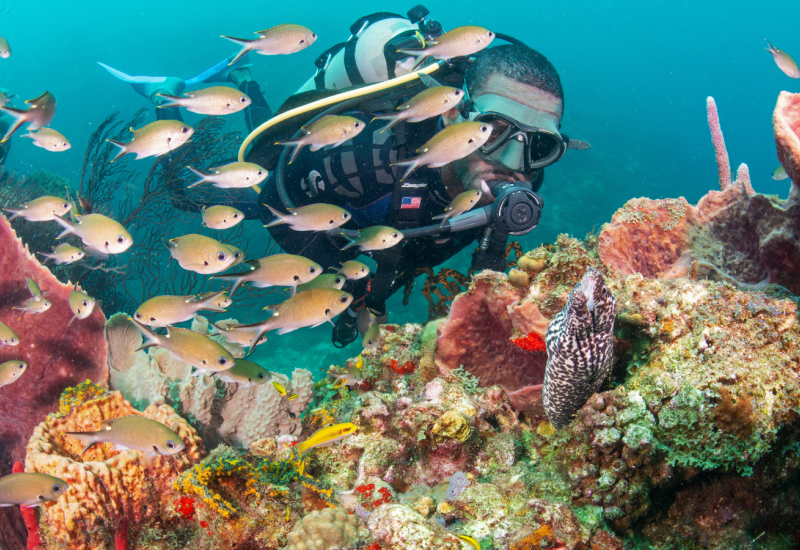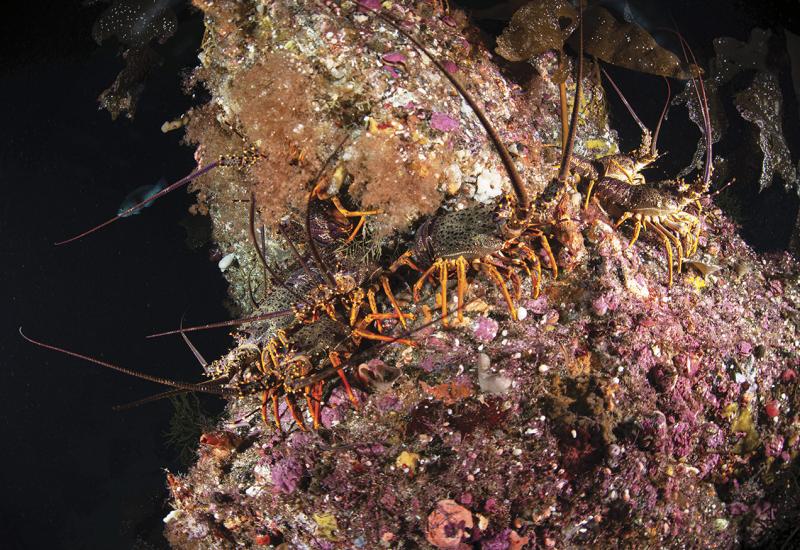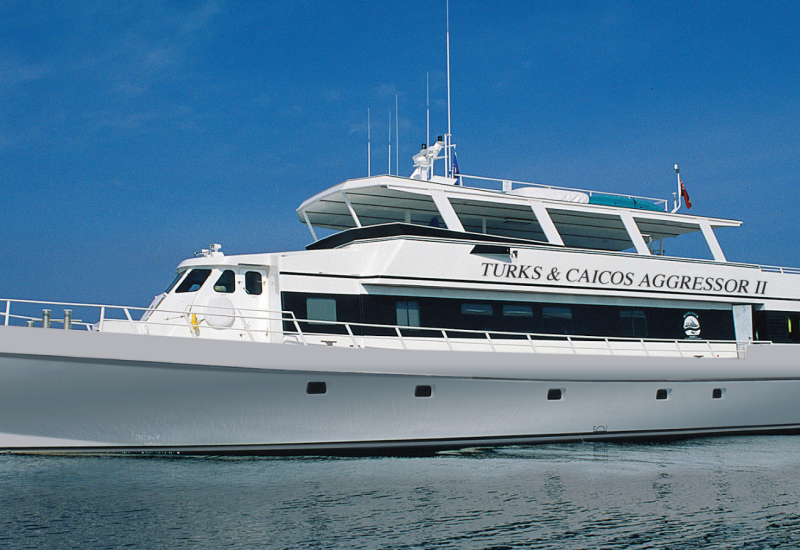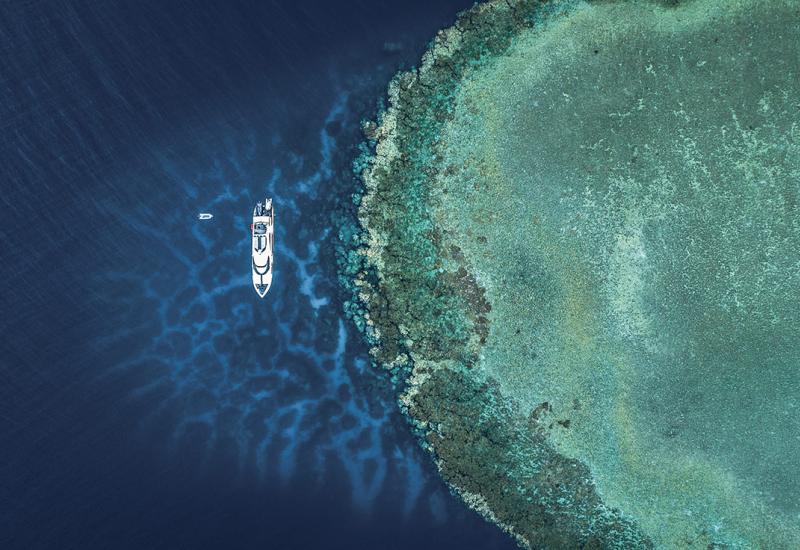Riviera Maya

Most Unusual Dive Sites ShutterstockNo. 42 Chac Mool Cenote, Riviera Maya, Mexico
For years, the Riviera Maya wallowed in the relative obscurity of lying between Spring Break-crazy Cancun and dive-crazed Cozumel. But that was then, and this is now. The luxurious stretch of seashore, starting just south of Cancun and stretching nearly to the Belize border, is now the in-spot for not only divers, but honeymooners, golfers, beachcombers and everybody just looking to get away from it all.
The most unique aspect of diving the Riviera Maya has to be the omnipresent cenotes - sinkholes formed by collapsing underground caves. The ancient Maya believed these cenotes were portals to the underworld, or Xibalba. They're your gateway to the coolest diving in the Yucatan, but you'll need a qualified cenote guide to show you around. But don't overlook the region's offshore reefs, which provide loads of color and fish life with relatively shallow profiles.
The Riviera Maya's strongest draw is perhaps most evident when the dive day's through. There are tons of things to do when you're not getting wet, from exploring the ruins of Mayan life at Chichen Itza (which you can do in a day), Coba and Tulum, to immersing yourself in the nightlife in Playa del Carmen. There are also miles of luxuriant beaches, tons of watersports activities, shopping and dining.Check out Caradonna Worldwide Dive Adventures to book your next dive vacation.
Weather: Pleasant weather year-round—the average annual temperature ranges from 77 degrees the mid-80s.
Average Water Temperature: Cenote water temperature is in the mid-70s year-round; offshore water temps range from the upper 70s in January to the mid-80s in August. May through November is the rainy season.
Average Visibility: Consistently great vis is the norm—near 100 feet on deeper sites, less on shallow reefs, and more than 100 feet in the cenotes.
Entry Documents: A passport is required, as well as a return or continuing ticket. Keep the paper tourist card they give you when you clear immigration--you'll need to give it back when you leave Mexico.










